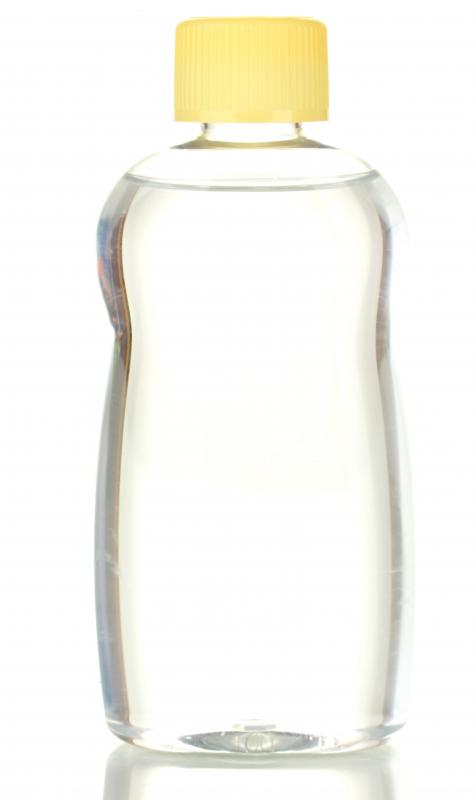At WiseGEEK, we're committed to delivering accurate, trustworthy information. Our expert-authored content is rigorously fact-checked and sourced from credible authorities. Discover how we uphold the highest standards in providing you with reliable knowledge.
What is Praseodymium?
Praseodymium is a metallic chemical element classified in the rare earths group of the periodic table of elements. It has a number of industrial uses, and some consumers have probably interacted with products which contain praseodymium. Like other rare earth metals, praseodymium is not necessarily rare; the name refers to elements which share chemical properties, rather than their abundance. In nature, praseodymium usually is found in mineral compounds, and it makes up almost 10 parts per million of the Earth's crust.
Pure praseodymium is a soft, silvery metal which is extremely ductile. It is vulnerable to corrosion and tarnish, and forms a characteristic green tarnish when exposed to air. The element is usually stored in mineral oil or in sealed containers to avoid this problem. The element has an atomic number of 59, and it is identified with the symbol Pr on the periodic table. The salts of praseodymium are black, and they may be compounded with an assortment of other materials for various industrial uses.

The element was isolated and named by Baron Carol Auer von Welsbach in 1885. Welsbach was working with didymium, a metal which Carl Mosander erroneously identified as a new element in 1841. Welsbach identified two elements, neodymium and praseodymium, when he delved into the specifics of didymium. He named praseodymium with the Greek roots prasios, for “green,” reflecting the tarnish that forms on this element, and didymos, for “twin.”

The element is often used to create a strong yellow color in ceramics and glass. Praseodymium is also used in arc lighting and in metal alloys such as misch metal, a compound used in the manufacture of lighters. Praseodymium also appears in the strong specialized alloys used to make aircraft, and to turn cubic zirconium a yellow-green color. Some scientists have utilized the element in laboratory experiments as well, and in some cases it is used in magnets instead of neodymium, which can be more costly.
This element does not appear to be extremely toxic, although it does have some radioactive isotopes. It can also be dangerous to inhale dust or fumes from praseodymium while it is being processed, as is the case with any metal. Ingestion of this element should probably be avoided, since its safety has not been clearly established. It is also a good general rule to take note of safety precautions on commercial products, since praseodymium can certainly be alloyed with more toxic metals.
AS FEATURED ON:
AS FEATURED ON:












Discuss this Article
Post your comments